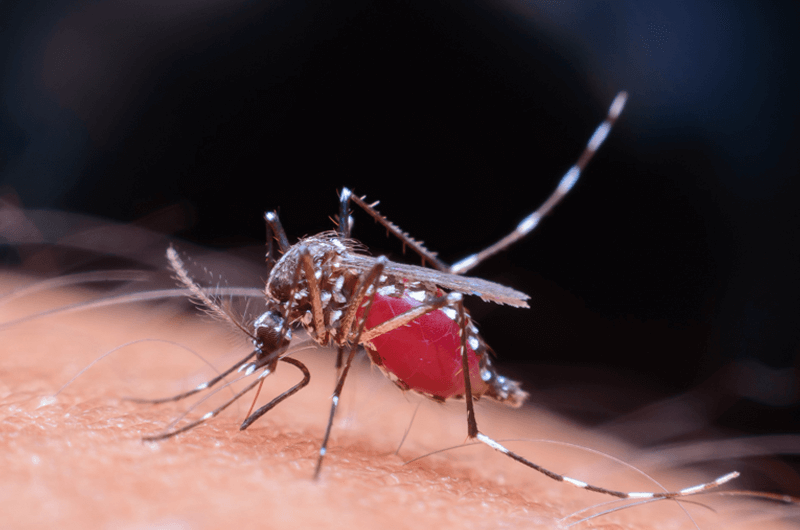First confirmed in Brazil in May 2015, Zika virus has spread rapidly, reaching 23 countries and territories. When it comes to the medical coding of this virus, the American Health Information Management Association (AHIMA) has recently recommended that the ICD-10 code “A92.8” can be used.
- A92.8 – Other specified mosquito-borne viral fevers
According to the report from CDC, 52 travel-associated Zika virus cases were reported in US states. Spread by infected Aedes mosquitoes and via sexual contact, the virus poses a big risk to pregnant women and their unborn babies. The most common symptoms of Zika are fever, rash, joint pain, and conjunctivitis (red eyes). No vaccines have been found yet to prevent this viral outbreak.
There are also certain ICD-10 codes to represent pregnant women who have contracted the virus and for newborn infants infected with microcephaly. For pregnant women infected with Zika virus, code series 098 can be used and code Q02 can be used for infected newborns with microcephaly.
- 098 – Maternal infectious and parasitic diseases classifiable elsewhere but complicating pregnancy, childbirth and the puerperium.
- Q02 – Microcephaly (A congenital abnormality in which the cerebrum is underdeveloped, the fontanels close prematurely, and, as a result, the head is small)
Though Zika virus is linked with pregnancy and microcephaly, confusion exists after the Brazilian health officials claimed that the larvicide pyriproxyfen used in drinking water was responsible for the rise in cases of microcephaly. The report also pointed out that there had been no cases of microcephaly in other countries like Colombia, affected by Zika. But the federal government insisted that there had been no scientific study that linked pyriproxyfen to microcephaly.




